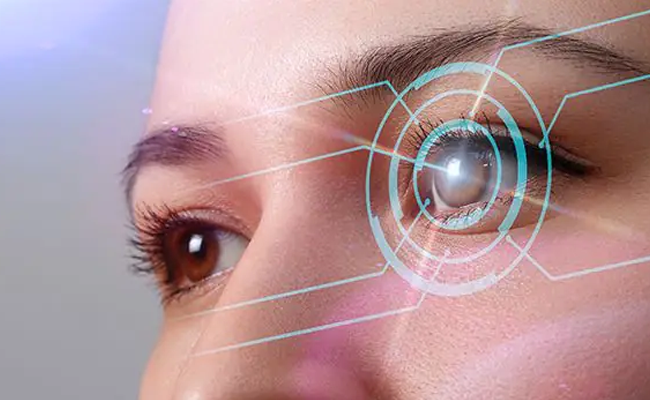

Refractive surgery is a type of eye surgery aimed at improving vision by correcting refractive errors such as nearsightedness (myopia), farsightedness (hyperopia), and astigmatism. The goal of refractive surgery is to reduce or eliminate the need for glasses or contact lenses.
Before undergoing any type of refractive surgery, it's essential to undergo a comprehensive eye examination and consultation with an eye care professional to determine candidacy and discuss the most suitable treatment options based on your eye health, refractive error, lifestyle, and expectations.